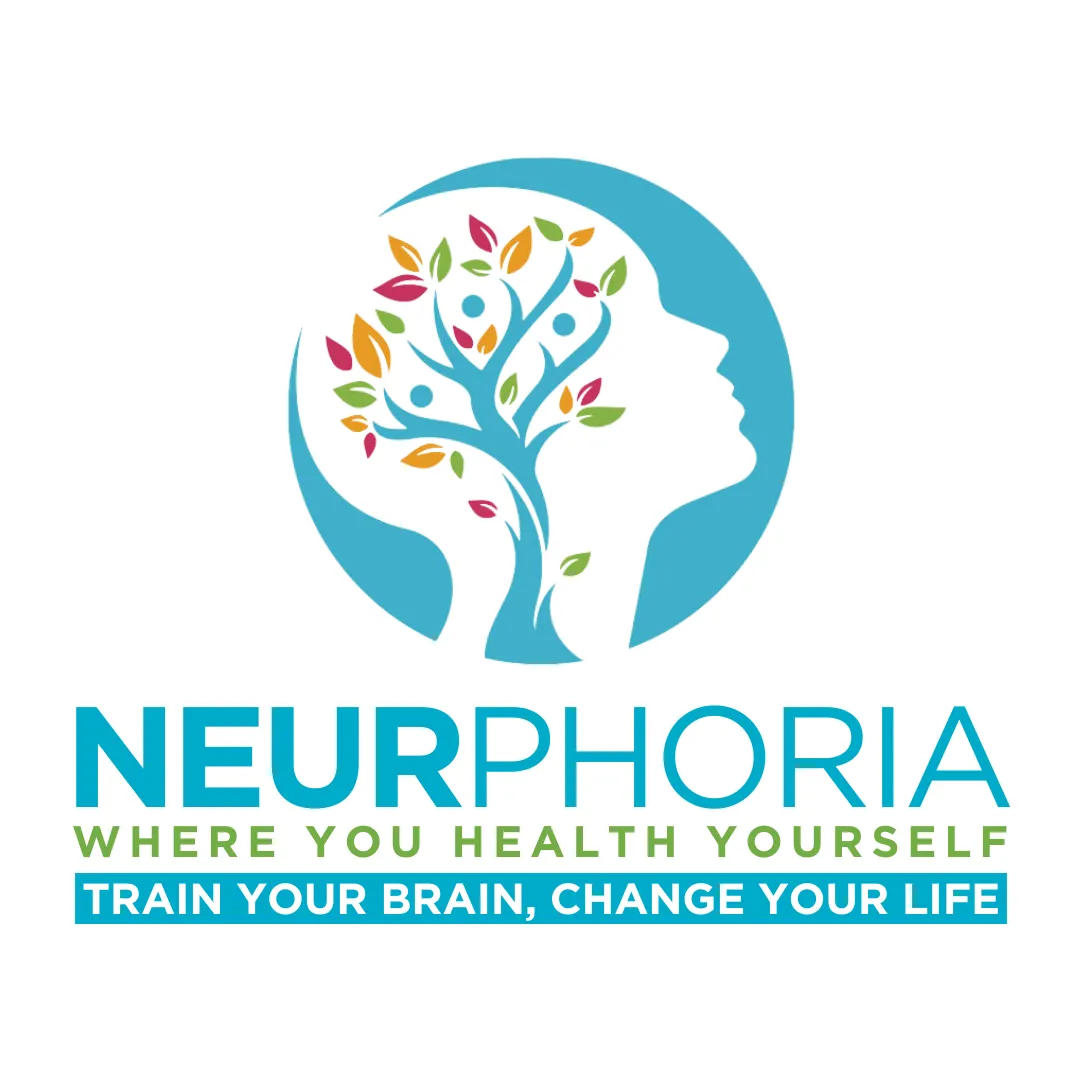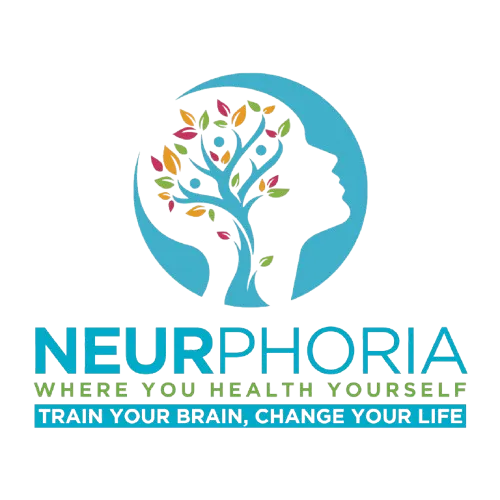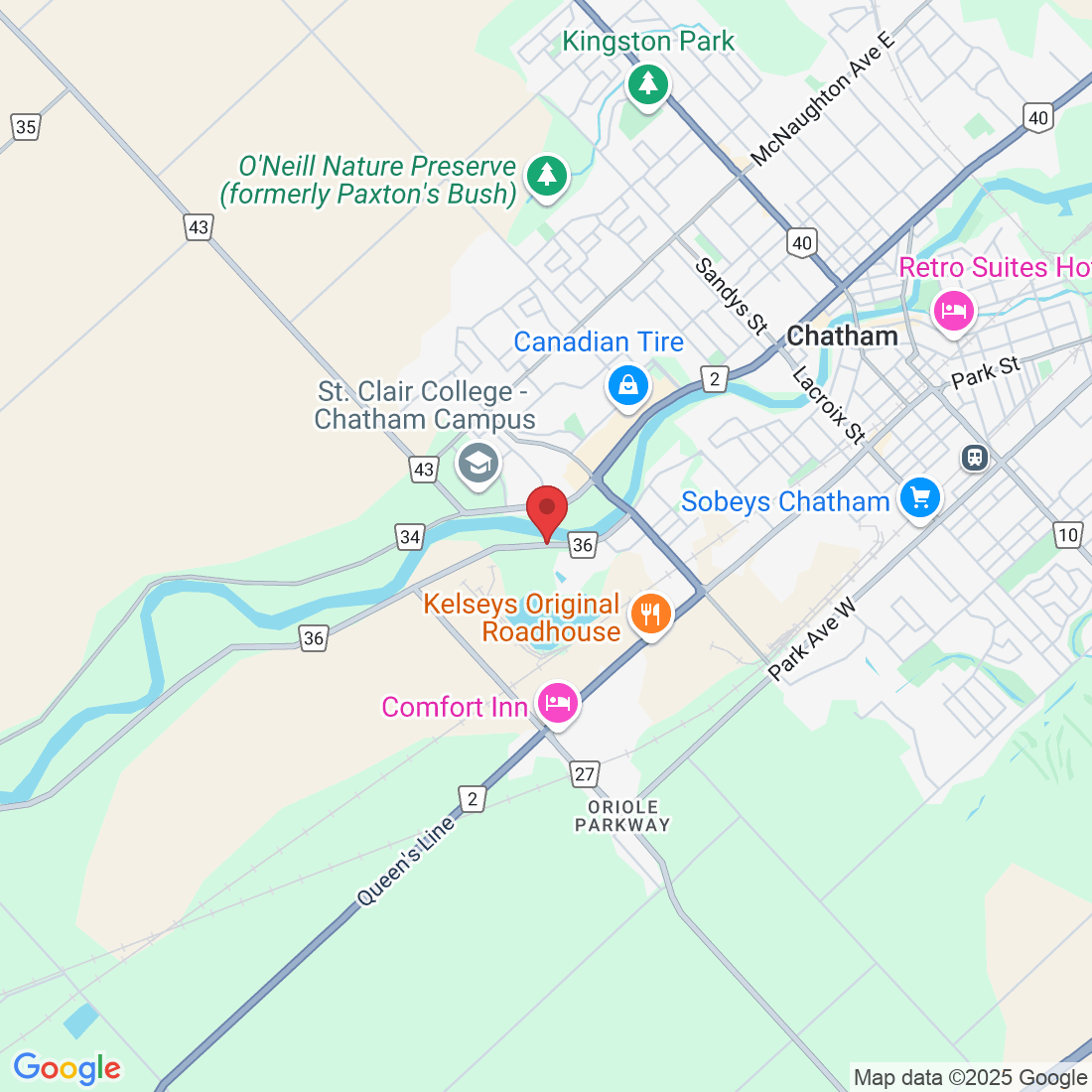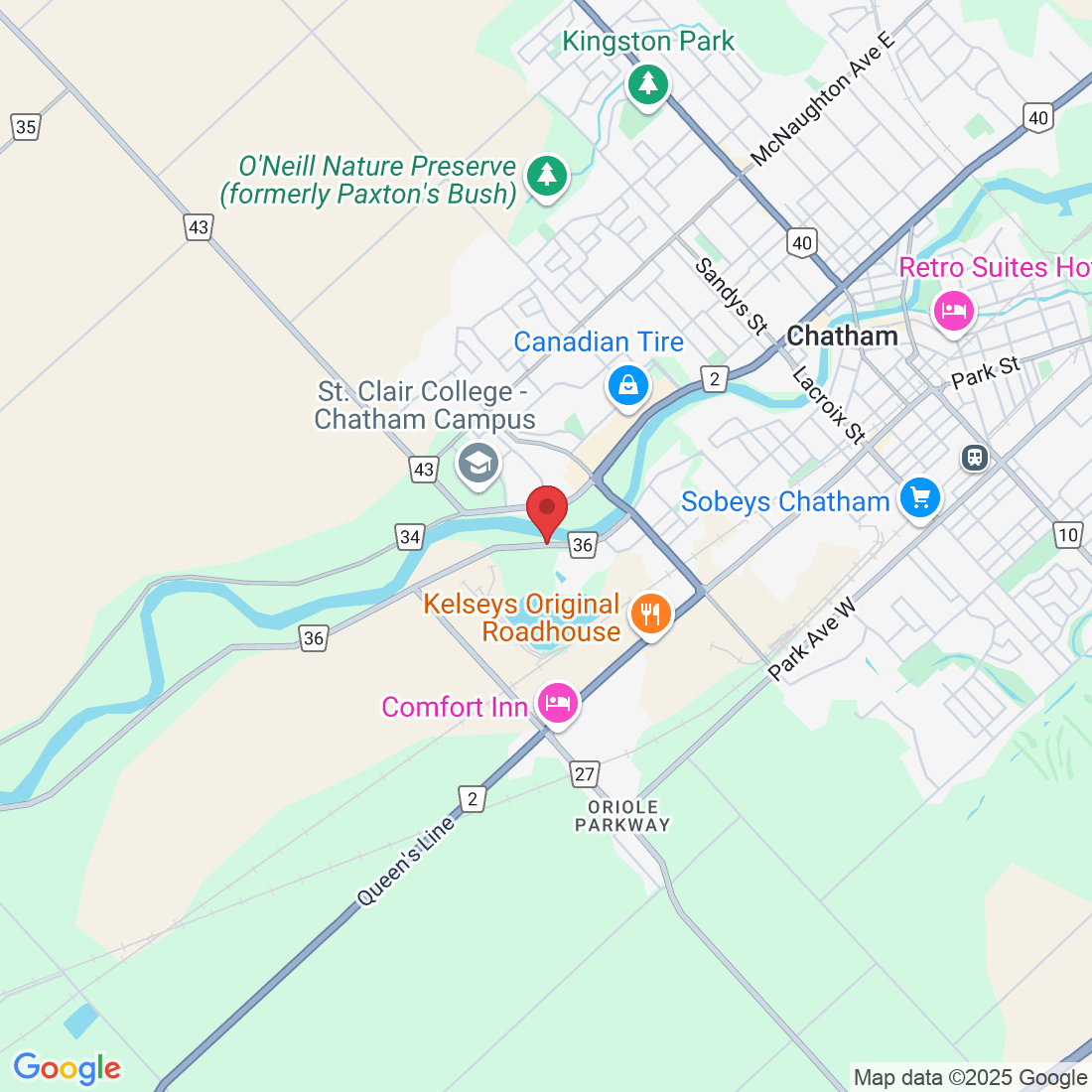Blog Posts

Day Light Savings and Fighting the Winter Blues Blog
How to Fight Seasonal Affective Disorder and Thrive This Winter
As we “fall back” and daylight saving time ends, it’s normal to feel the effects of shorter days and longer nights. Seasonal Affective Disorder (SAD) is a type of depression that typically occurs in late fall and winter, when sunlight is scarce. If you find yourself feeling tired, moody, or unmotivated, you’re not alone. But the good news is there are effective ways to support your mood and energy. Here are some tried-and-true tips to help you beat the winter blues.
1. Neurofeedback with NeurPhoria:
Neurofeedback is a non-invasive technique that can help regulate brain activity and improve emotional well-being. Neurofeedback at NeurPhoria, can assist in reducing symptoms of SAD by training the brain to function more optimally, enhancing mood, focus, and energy. This personalized approach helps the brain adapt to stress and emotional imbalances, supporting better mental health during the winter months.
2. Soak Up Morning Sunlight
Bright natural light in the morning helps your body’s internal clock, known as the circadian rhythm, adjust to the change in daylight. This rhythm influences everything from your sleep to your mood. To keep it in sync:
Get outside within 30-60 minutes of waking up. Aim for at least 10-15 minutes of direct sunlight exposure. Even on cloudy days, natural light is brighter than most indoor lighting.
If you wake before sunrise, use bright indoor lighting. Turn on bright lights when you wake up, and get outside once the sun rises.
Try to get sunlight early in the day. The best time for your body clock is before 10 a.m., when exposure to light is most effective in boosting your mood and alertness.
Skip the sunglasses. If you’re comfortable doing so, try not to wear sunglasses in the morning. Regular eyeglasses and contacts are fine.
3. Use a SAD Lamp
For those who can’t get outside in the morning, a SAD (Seasonal Affective Disorder) lamp is a great option. These lamps mimic natural sunlight by emitting a very bright light (usually 10,000 lux) that can lift your mood and regulate your sleep-wake cycle. Here’s how to make the most of it:
Use the lamp for 10-20 minutes in the morning, preferably within an hour of waking.
Position the light at an angle. It should sit above your eye level and slightly to the side, so you’re not looking directly at it.
Be consistent. Use it daily for the best results, especially during the darkest months.
Side note for comic relief: After years of braving Arctic winters, I can confirm that SAD lamps help. But I always had to laugh at the name: If you’re already feeling SAD, why get a SAD lamp? Why not call it a Happy Lamp, or a "You'll-Get-Through-It" lamp? Or even better, a "Winter-Is-Over-In-X-Days" lamp with a countdown timer! 😂 Naming aside, I promise, they’re worth it—especially if you’re working in an office all day. Every little bit of light helps!
4. Consider Vitamin D Supplements
With limited sunlight in winter, our bodies produce less vitamin D, which can affect mood, immune function, and energy levels. Talk to your healthcare provider about checking your vitamin D levels and taking a supplement if needed.
Daily dose recommendations vary, but many people take between 800-2,000 IU in winter.
Vitamin D is fat-soluble, so take it with a meal for better absorption.
It can take a few weeks to feel the effects, so try to start early in the season.
5. Make Time for Friends and Family
Spending time with loved ones has a powerful positive effect on mood and can help reduce feelings of isolation, which can be common during winter.
Plan regular get-togethers. Even a weekly coffee date or a virtual chat with friends can boost your mood.
Try outdoor activities. Bundle up and go for a walk or a hike. Fresh air, movement, and good company are all great for mental health.
Join clubs or activities. Book clubs, fitness classes, or community events can help you stay connected and motivated.
6. Step Outside in the Afternoon
A bit of afternoon sunlight helps prepare your body for evening and counters the effects of artificial indoor light, which can disrupt your sleep. Try these tips:
Take a brief walk outside around noon or early afternoon to get an additional dose of natural light.
If you work indoors, take your break outdoors when possible. Even 10-15 minutes can help lift your spirits.
Keep up with outdoor activities, such as winter sports, walking, or nature walks. Outdoor time in winter is just as beneficial as in summer!
7. Dim the Lights in the Evening
As it gets dark, try to reduce bright lights in your environment. Your body’s production of melatonin (the sleep hormone) naturally increases as it gets darker, helping you wind down. To support this:
Use table lamps and warmer light settings. Avoid overhead lighting if possible.
Set screens to “night mode” or use blue-light-blocking settings. Screens emit blue light, which can interfere with melatonin production.
Try to create a “light routine.” When it’s close to bedtime, use dim, cozy lighting to signal to your body that it’s time to wind down.
8. Keep Consistent Sleep and Wake Times
Sticking to a regular sleep and wake schedule helps reinforce your circadian rhythm, making it easier to fall asleep and wake up feeling refreshed.
Aim to go to bed and wake up within the same hour each day, even on weekends.
Limit naps if they interfere with nighttime sleep. A quick 20-minute nap can refresh you, but avoid napping too close to bedtime.
If you can’t sleep, don’t stay in bed. Get up, do something relaxing in dim lighting, and return to bed when you feel sleepy.
9. Incorporate Temperature, Meals, and Exercise
Beyond light, your body also responds to temperature, meal timing, and physical activity.
Keep your bedroom cool. A room temperature of about 67°F (19°C) is ideal for sleep. Consider a warm bath or shower before bed, as it helps cool down your core temperature, which promotes sleep.
Eat meals at consistent times. This helps stabilize blood sugar and supports your circadian rhythm.
Exercise regularly, but try to avoid intense workouts within a few hours of bedtime. Physical activity improves mood, energy, and sleep quality, so aim for at least 30 minutes most days.
10. Practice Self-Care and Relaxation
Winter can be a time to slow down and focus on mental wellness, self-care, and relaxation.
Neurofeedback with NeurPhoria
Try meditation or mindfulness practices. Deep breathing, progressive muscle relaxation, or meditation apps can help reduce stress and increase resilience.
Indulge in cozy hobbies. Reading, cooking, crafting, or even watching your favorite show can make the winter months feel more enjoyable.
Reflect on your progress. Journaling can be a helpful way to track your mood and make note of what’s working for you.
By incorporating some of these strategies into your routine, you can support your mental and physical well-being as the days get shorter. Whether it’s stepping outside for some natural light, spending time with friends, or cozying up with a good book, these habits can make a big difference in how you feel this winter.
Remember, if you’re struggling with SAD or depressive symptoms, don’t hesitate to reach out to a healthcare provider. There’s no shame in asking for support, and many people find that combining these lifestyle changes with additional treatment options, such as therapy or medication, can be incredibly beneficial.
With a few small changes, you can ease the transition into winter, find comfort, and even enjoy the coziness of the season. Here’s to feeling your best, all year long!
The Proof Is In The Data!
Why Not Experience The Transformation For Your self?
Book Your 100% Free, No Obligation, Consultation Today!
The Proof Is In The Data!
Why Not Experience The Transformation For Your self?
Book Your 100% Free, No Obligation, Consultation Today!
Disclaimer: NeurOptimal® has been given the thumbs up by the FDA as a general wellness device (USA) and a consumer product from Health Canada. This means it's not classified as a medical device or treatment. Think of it as your brain's personal coach rather than a medical fix-it tool. It's all about training your brain muscles! However, it's important to note that NeurOptimal® doesn't diagnose, treat, prevent, or cure any illnesses. Neurofeedback has supported individuals, alongside their medical team, in reducing or discontinuing certain medications. Please do not stop taking medications without your doctors consent. Plus, it won't tweak your body's structure or functions. Neurofeedback has supported individuals, alongside their medical team, in reducing or discontinuing certain medications. Please do not stop taking medications without your doctors consent. Do not stop taking your prescription medications without your health team's consent. Remember, the info on this site is for knowledge purposes only and isn't medical advice. It's always a good idea to consult with your doctor before diving into any new training program. I am not a doctor, if you need medical and/or mental health assistance please see your doctor immediately. And hey, since every brain is unique, we can't predict exactly how yours will respond to the training. So, no guarantees, but let's embark on this brain-training journey together!
©2025 - NeurPhoria
All Rights Reserved
Disclaimer: NeurOptimal® has been given the thumbs up by the FDA as a general wellness device (USA) and a consumer product from Health Canada. This means it's not classified as a medical device or treatment. Think of it as your brain's personal coach rather than a medical fix-it tool. It's all about training your brain muscles! However, it's important to note that NeurOptimal® doesn't diagnose, treat, prevent, or cure any illnesses. Neurofeedback has supported individuals, alongside their medical team, in reducing or discontinuing certain medications. Please do not stop taking medications without your doctors consent. Plus, it won't tweak your body's structure or functions. Neurofeedback has supported individuals, alongside their medical team, in reducing or discontinuing certain medications. Please do not stop taking medications without your doctors consent. Do not stop taking your prescription medications without your health team's consent. Remember, the info on this site is for knowledge purposes only and isn't medical advice. It's always a good idea to consult with your doctor before diving into any new training program. I am not a doctor, if you need medical and/or mental health assistance please see your doctor immediately. And hey, since every brain is unique, we can't predict exactly how yours will respond to the training. So, no guarantees, but let's embark on this brain-training journey together!
©2025 - NeurPhoria
All Rights Reserved




